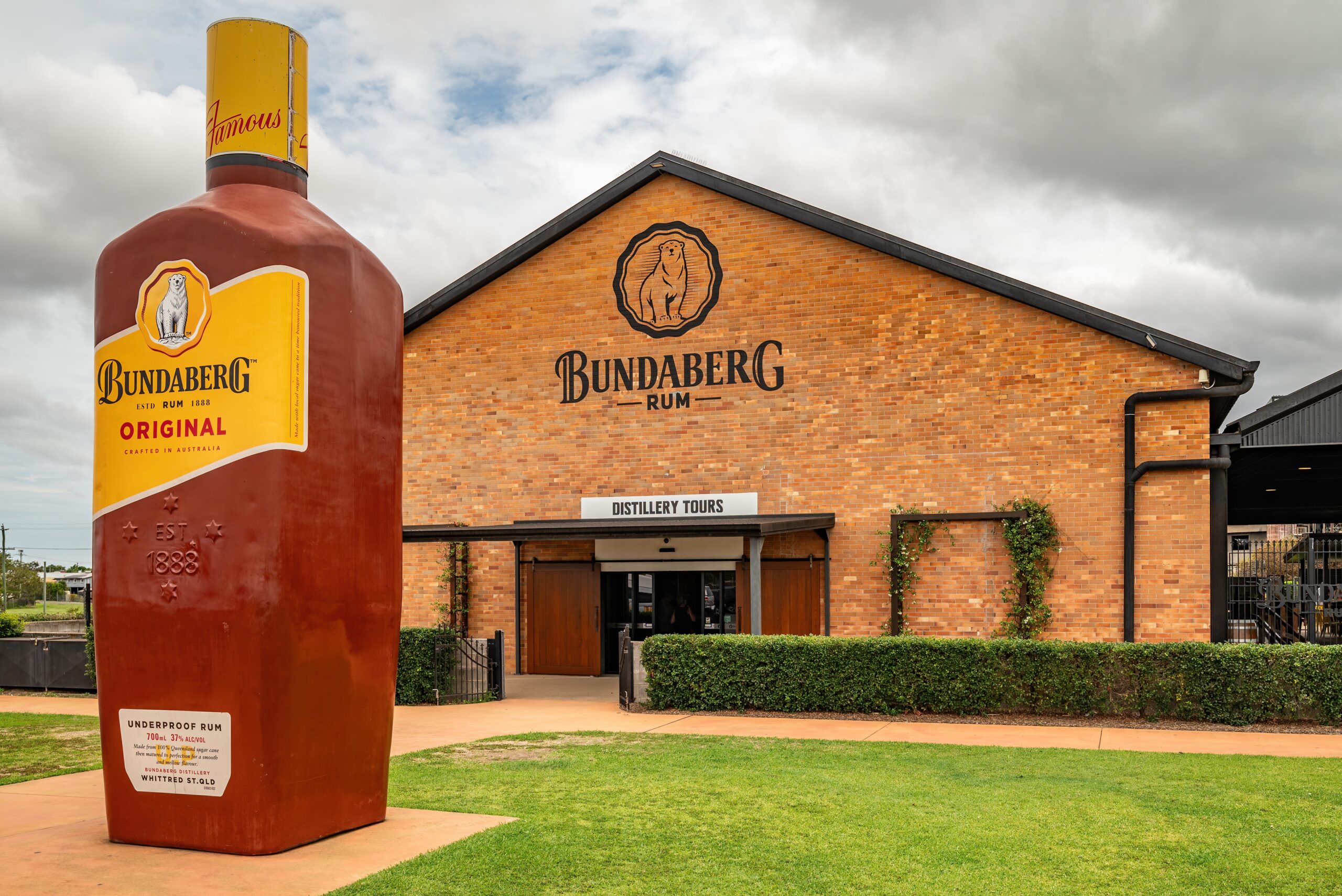A Golden Spirit Down Under: A Journey Through Australian Rum
Australia boasts a rich and vibrant history, one that extends beyond its stunning landscapes and unique wildlife. Nestled within this story lies the lesser-known, yet equally fascinating, tale of Australian rum. From its convict origins to its contemporary renaissance, Australian rum has carved its own niche in the global spirits market, offering a distinct character and a sense of place.
Early Days: Rum and Redemption (1788-1850)
The story of Australian rum begins with the arrival of the First Fleet in 1788. The British, faced with the task of establishing a penal colony in New South Wales, brought rum not just as a ration for the convicts and soldiers but also as a form of currency. It was a harsh spirit, distilled from molasses, often described as “kill-devil” due to its potency.
Rum played a complex role in early Australian society. While it fueled rebellions and contributed to social problems, it also fostered a fledgling rum industry. Convicts with distilling experience began producing their own rum, often illicitly, catering to a growing demand. As the colony evolved, so did rum production. By the early 1800s, licensed distilleries began to emerge, offering a more regulated and higher-quality product.
The Sugarcane Connection and the Rise of Refined Rum (1850-1900)
The discovery of gold in the mid-19th century brought a wave of prosperity to Australia. This, coupled with the introduction of sugarcane cultivation in Queensland and New South Wales, significantly impacted the rum industry. Local sugarcane provided a readily available source of molasses, the base material for rum production. Distillers started experimenting with different techniques, including pot stills and ageing in oak barrels, resulting in a smoother and more refined rum.
Brands like Bundaberg (established in 1888) and Beenleigh (founded in 1843) emerged during this period, becoming iconic names in Australian rum history. These distilleries embraced a focus on quality and consistency, establishing Australian rum as a viable competitor to its Caribbean counterparts.
The White Spirit Era and the Decline (1900s-1970s)
The 20th century saw a shift in rum consumption preferences. Lighter, “white” rums, ideal for cocktails like the Daiquiri and the Mojito, gained popularity. This trend impacted Australian rum, as its focus lay primarily on aged, darker styles. Additionally, the rise of alternative spirits like vodka and gin further marginalized rum. By the 1970s, the Australian rum industry had shrunk considerably, with many distilleries shutting down.
A New Dawn: The Craft Rum Revolution (1980s-Present)
The past few decades have witnessed a remarkable resurgence in Australian rum. This revival is driven by several factors. Firstly, a growing appreciation for artisanal spirits has led to increased interest in craft rums. These rums, produced in small batches with a focus on quality ingredients and unique flavor profiles, have captured the imagination of consumers.
Secondly, Australian distillers are embracing innovation. They are experimenting with different sugarcane varieties, fermentation techniques, and cask finishes. This experimentation has resulted in a wide range of rums, from light and fruity styles perfect for cocktails to full-bodied, aged rums that rival their Caribbean counterparts.
Distilleries like Beenleigh and Bundaberg, while retaining their heritage, have also embraced innovation, offering new expressions alongside their traditional bottlings. Additionally, a new wave of craft distilleries like Brix Distillers in New South Wales and Arcane Rum in Queensland are pushing the boundaries of Australian rum, creating exciting new flavors and styles.
The Essence of Australian Rum: A Unique Terroir
Australian rum possesses a distinct character that sets it apart from its global counterparts. The use of local sugarcane varieties and the influence of the Australian climate contribute to this unique flavor profile. Australian rums tend to be less molasses-heavy than Caribbean rums, resulting in a lighter and more delicate base spirit. Additionally, the use of Australian oak casks imparts subtle yet distinctive flavors, often featuring notes of vanilla, spice, and toasted coconut.
The diversity of Australian rum is another defining aspect. From the light and fruity styles perfect for cocktails to the rich and complex aged expressions, there is a rum for every palate. Additionally, some distilleries are even experimenting with peated rums, drawing inspiration from the world of Scotch whisky, further expanding the spectrum of Australian rum flavors.
Beyond the Bottle: A Cultural Icon
Australian rum is more than just a spirit; it’s a cultural icon. It is a symbol of the country’s colonial past, its resilience, and its innovative spirit. Today, Australian rum is enjoyed not just domestically but also on a global stage. As the craft rum revolution continues, Australian rum is poised to further


